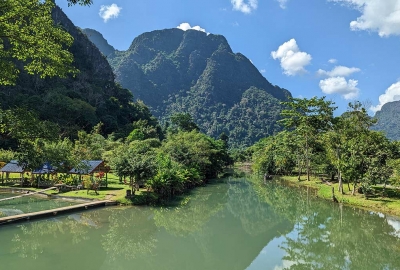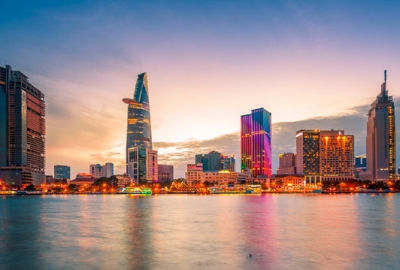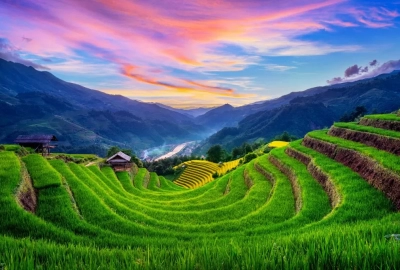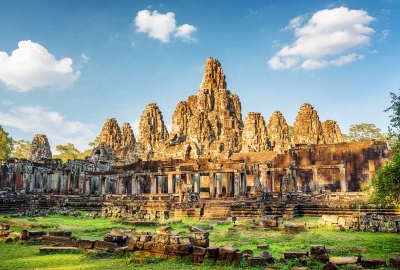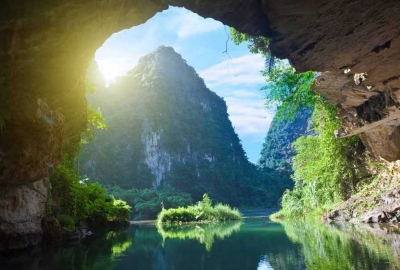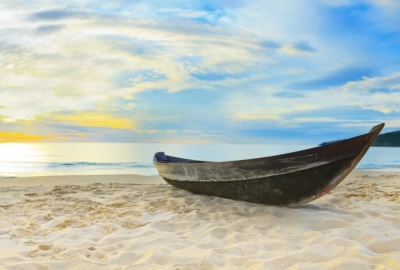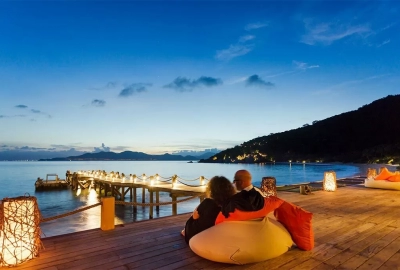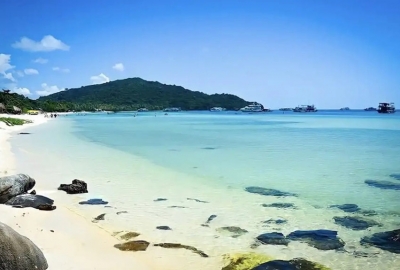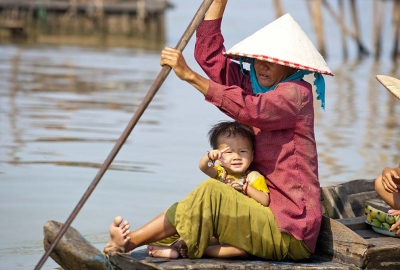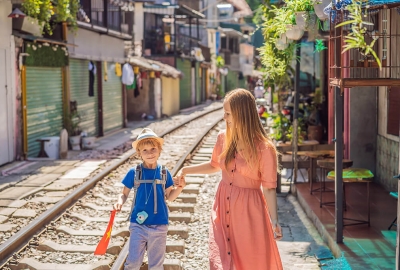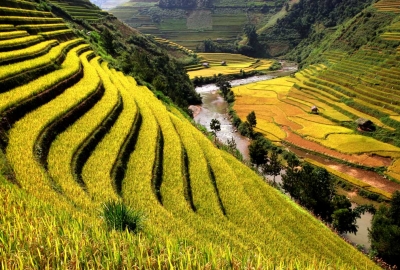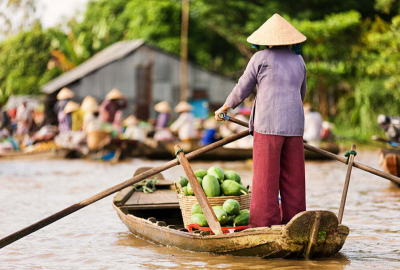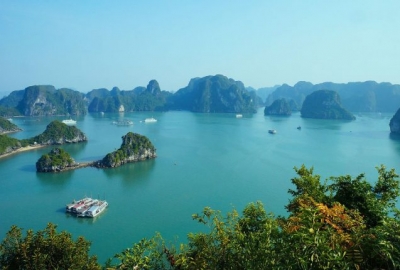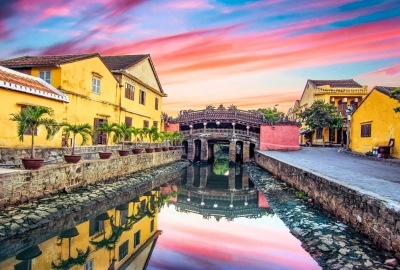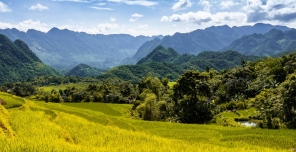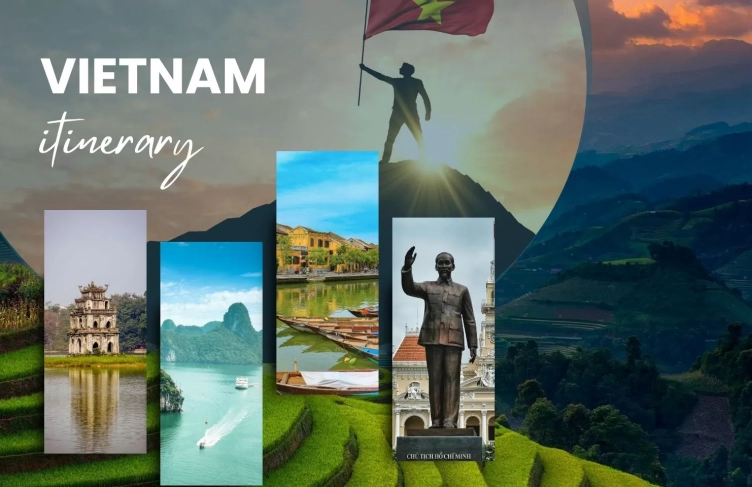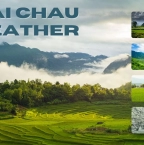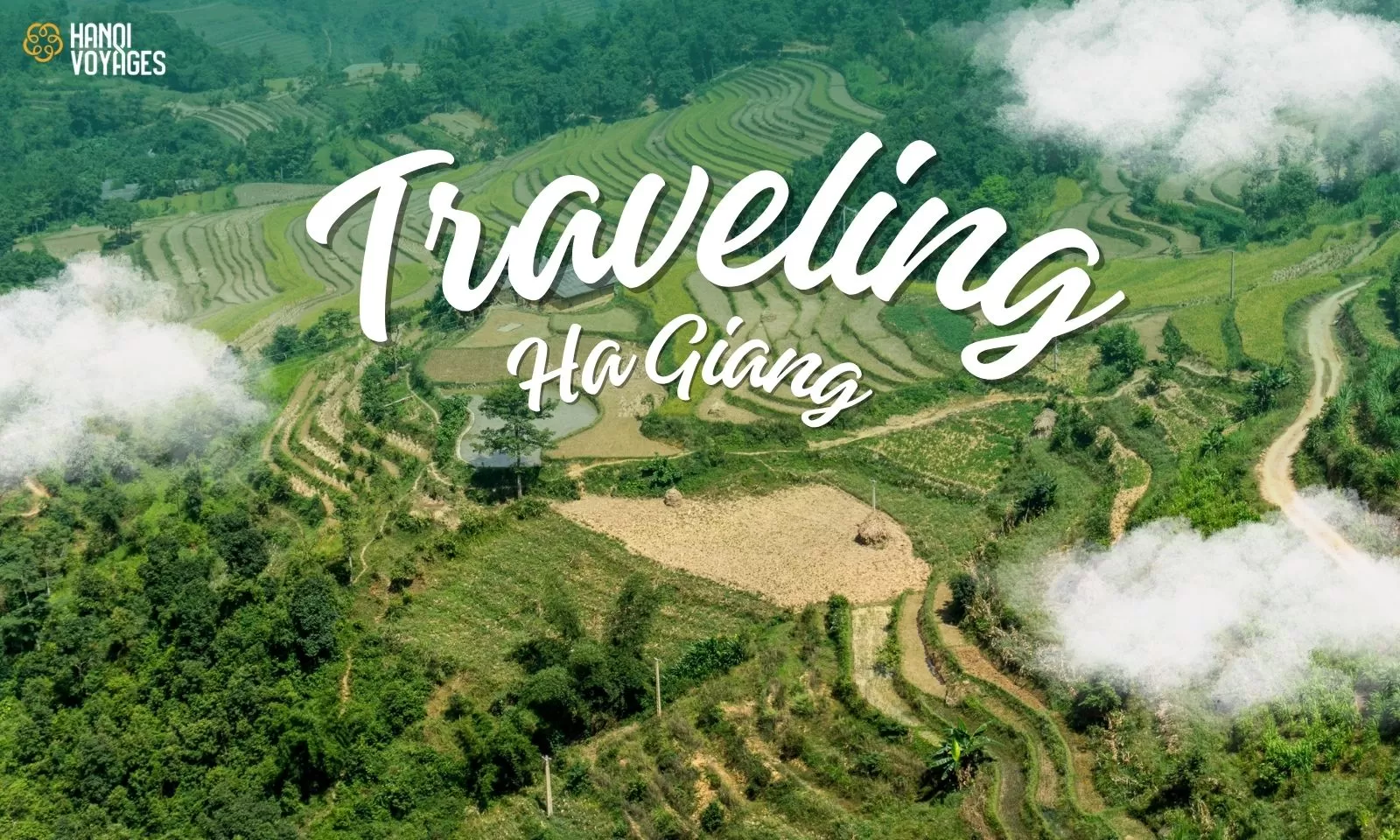
Ha Giang travel guide: 7 best tips for your trip

Planning a trip to northern Vietnam? This Ha Giang travel guide offers everything you need to know before hitting the road. Known for its winding mountain passes, ethnic minority markets, and remote villages, Ha Giang promises an experience that requires preparation. Without the right tips, navigating this rugged region can be overwhelming, especially for first-time visitors.
In this guide, you’ll find 7 practical tips to help you get ready—from choosing the best time to visit and how to get there, to where to stay and what to pack. Each tip is designed to make your journey more manageable and enjoyable, so you can focus on the road ahead.
Contact Hanoi Voyages to start planning your Ha Giang adventure today.
Table of Contents
- Ha Giang travel seasons: Choosing the perfect time to go
- Top 7 attractions you can’t miss in Ha Giang
- How many days to visit Ha Giang?
- Ha Giang travel guide: Best transportation for your trip
- Where to stay in Ha Giang: Best places for tourists
- What to eat in Ha Giang: Must-try local dishes
- Ha Giang travel tips: Essential items for your trip
Ha Giang travel seasons: Choosing the perfect time to go
Ha Giang’s weather varies significantly throughout the year. Choosing the right time to visit depends on what kind of scenery and experiences you’re looking for. In this part of the Ha Giang travel guide, you’ll find a breakdown of each travel season.
Spring (March – May): The weather is cool and dry. This is the blooming season for peach and plum blossoms, especially in Dong Van and Meo Vac. It’s also when ethnic minority festivals are often held.
Summer (June – August): Rain is more frequent, especially in July. However, the landscape is lush and green. Be prepared for occasional landslides on mountain passes.
Autumn (September – October): Considered the best time for Ha Giang travel, the rice terraces in Hoang Su Phi turn golden just before harvest. Temperatures are mild, and skies are usually clear.
Late autumn and early winter (November – December): Buckwheat flowers bloom across the fields, especially around Sung La valley. Morning fogs and colder air give the region a peaceful atmosphere.
👉 Each season in Ha Giang offers something different. Picking the right time based on what you want to see will help you enjoy your trip more.
Top 7 attractions you can’t miss in Ha Giang
This Ha Giang travel guide would not be complete without listing the places that define the region’s beauty and character. These seven destinations represent the highlights of any Ha Giang travel experience, offering dramatic landscapes, iconic landmarks, and chances to see daily life in the mountains.
Ma Pi Leng pass
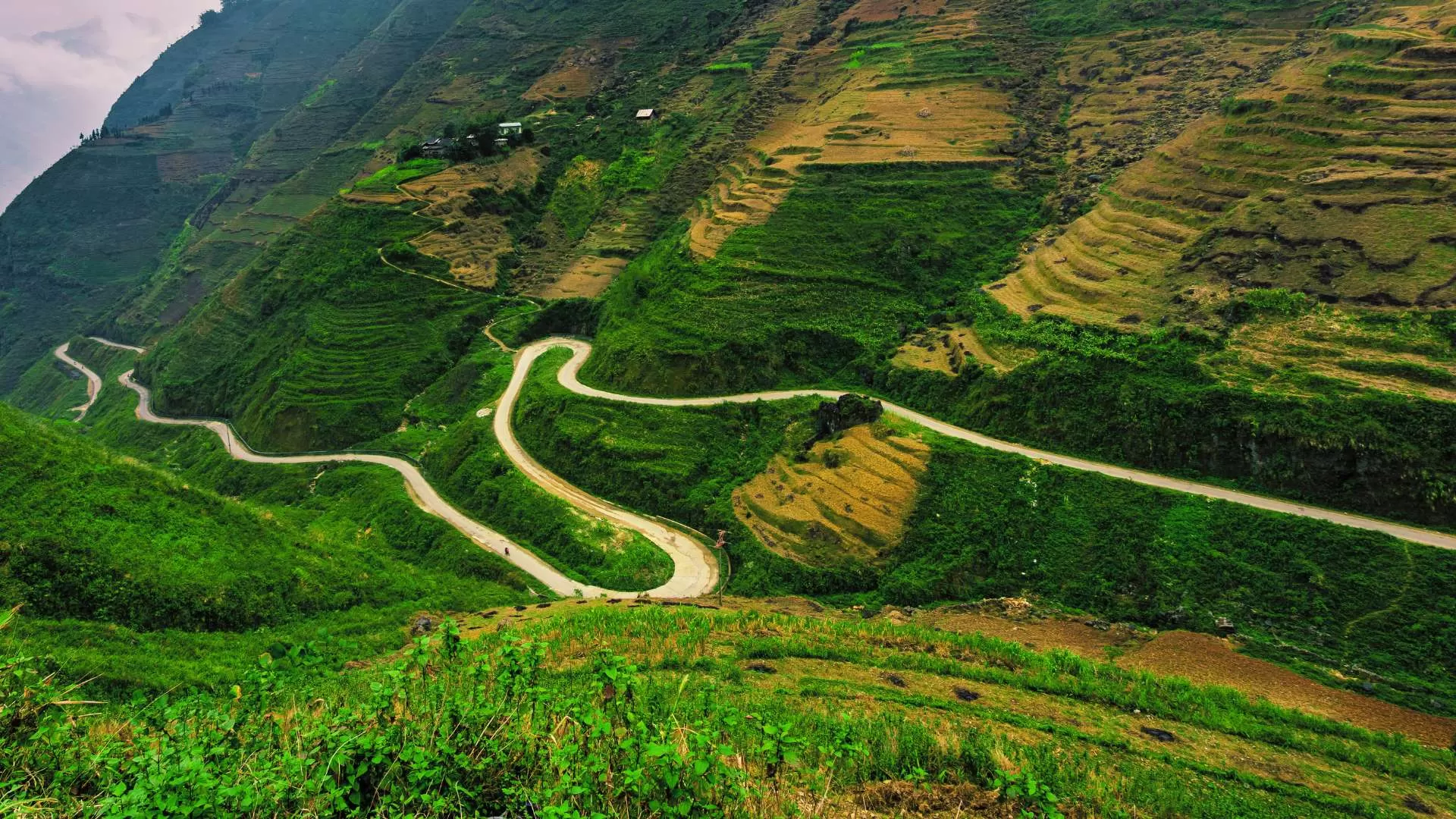
Ma Pi Leng pass is one of Vietnam’s most impressive mountain roads, stretching more than 20 kilometers between Dong Van and Meo Vac. It winds through cliffs and deep valleys, offering panoramic views that attract photographers and road-trip enthusiasts alike. A popular stop along the route is the "Sky Path," where you can walk along the cliffside and look down over the Nho Que river far below. The pass is best explored by motorbike, but even a short drive is worth it.
Lung Cu flag tower
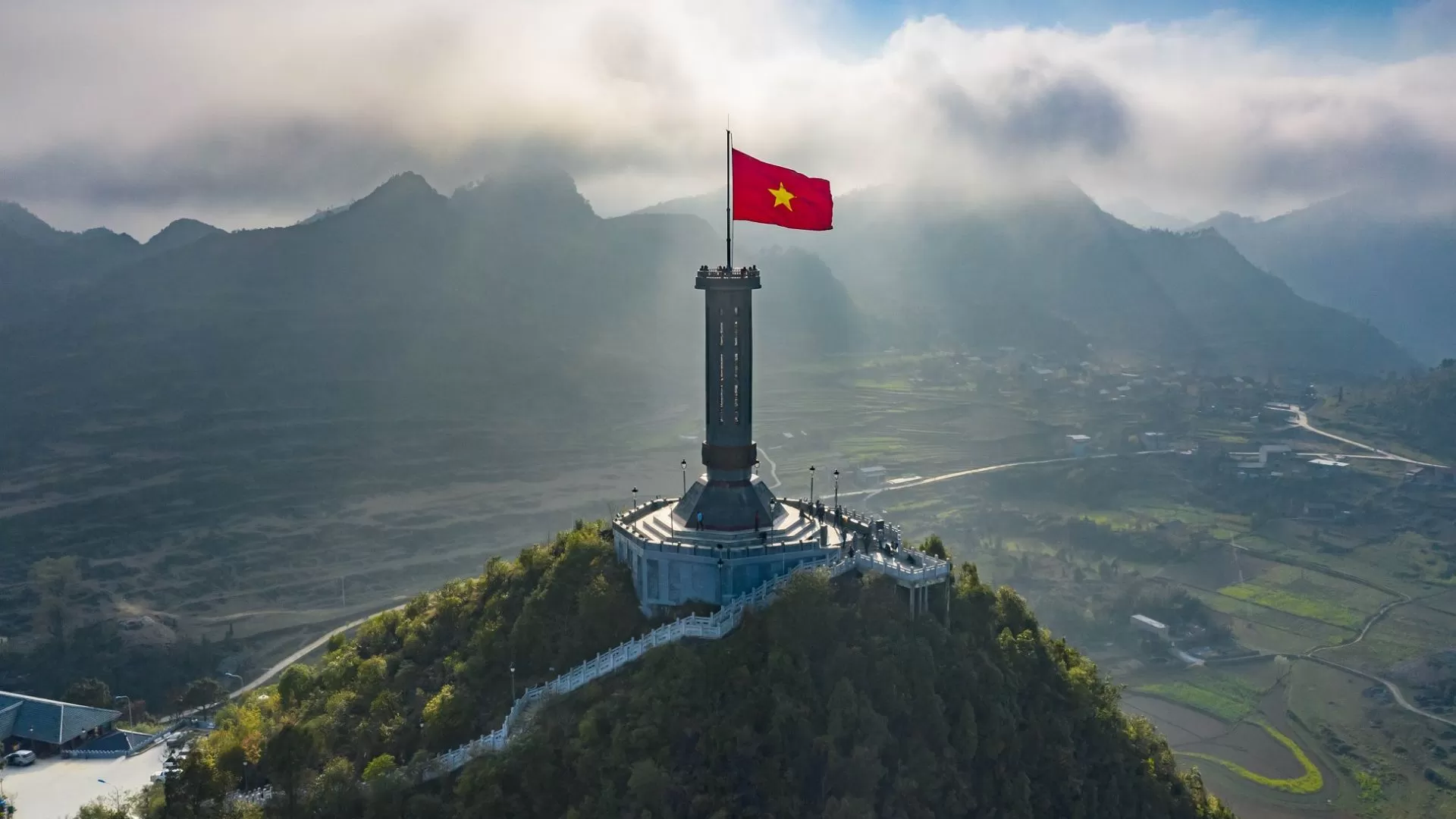
Standing at Vietnam’s northernmost point, the Lung Cu flag tower is a proud national symbol. Located atop Dragon Mountain, the tower requires a climb of nearly 300 steps. At the top, a massive red flag marks the country’s border. On clear days, the view spans across terraced fields, rooftops of Hmong villages, and into southern China. It’s a meaningful stop for those looking to understand the significance of Vietnam’s remote frontier.
Tham Ma pass
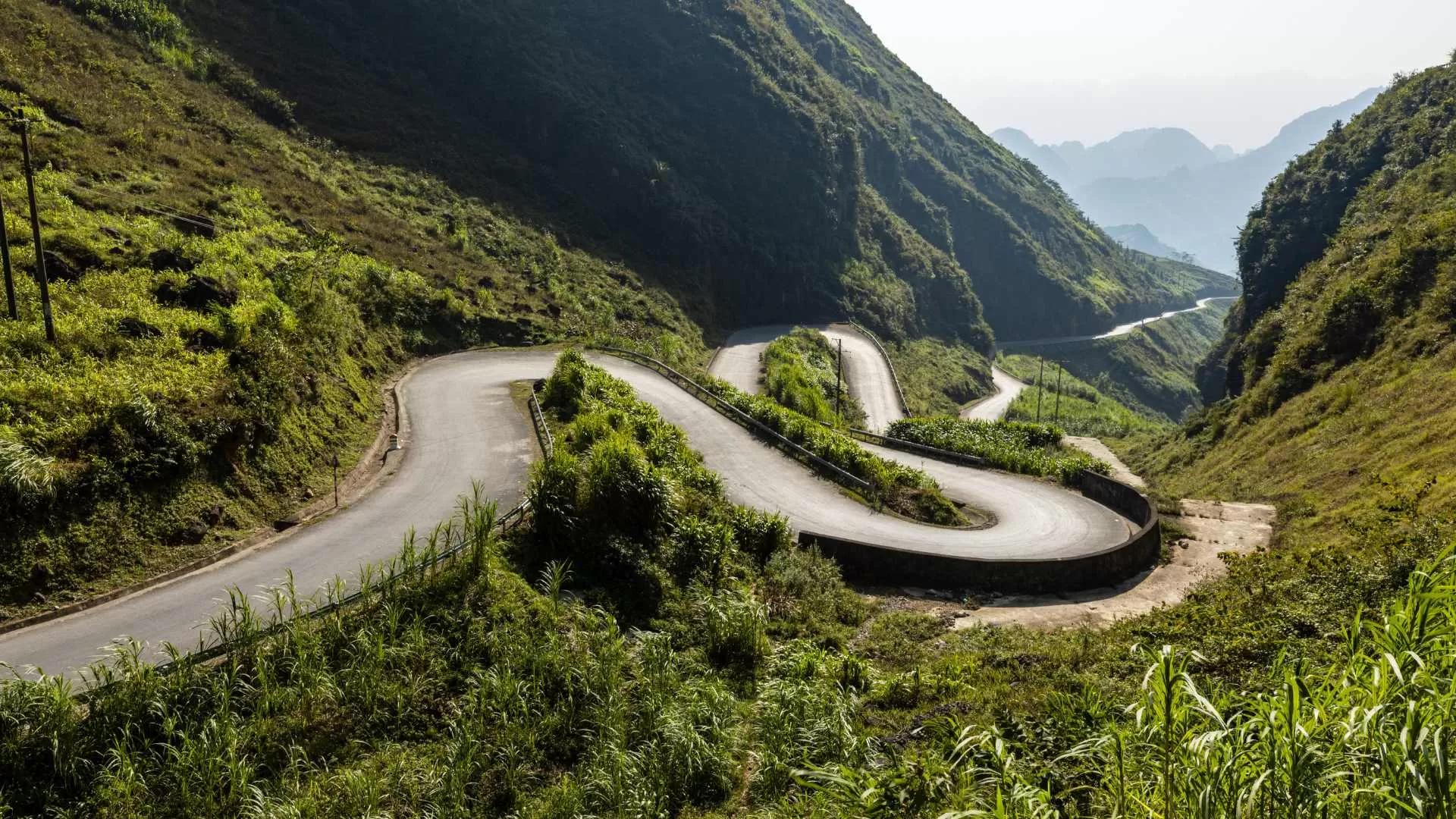
Tham Ma pass lies between Yen Minh and Dong Van and is known for its tight, winding curves. In the past, this pass was used by locals to test the strength of horses; only the healthiest would make the journey. Today, it's a frequent stop on any Ha Giang travel itinerary, thanks to its sharp bends and views over tiered fields and distant mountain ranges. The road is narrow but manageable, making it a favorite among motorbike riders and photographers.
Dong Van karst plateau geopark

This UNESCO-recognized geopark spans more than 2,300 square kilometers and features dramatic limestone formations shaped over millions of years. The Dong Van karst plateau is not only geologically significant but also home to ethnic minority communities who live in wooden stilt houses, farm steep hillsides, and hold weekly mountain markets. Visitors can learn about fossil sites, explore narrow passes, and witness a slower pace of life in this remarkable region.
Nho Que river

Flowing beneath Ma Pi Leng pass, the Nho Que river is narrow and surrounded by towering rock walls. Its vivid green water contrasts with the grey cliffs, creating one of the most iconic sights in northern Vietnam. A boat ride or kayak trip through Tu San Canyon is a highlight for those who want a closer view. Access to the river is via a steep road, but the effort is well worth it for the peaceful atmosphere and impressive setting.
Hoang Su Phi rice terraces

Located in the western part of Ha Giang, Hoang Su Phi is known for its terraced rice fields carved into mountain slopes. The area is especially photogenic during the transplanting season in May and the harvest season in late September. Villages such as Nam Ty, Ban Luoc, and Ban Phung provide peaceful trekking paths and homestay options. The scenery is rewarding and less crowded than other parts of the region.
Sung La valley
Sung La is a quiet valley located along the road to Lung Cu. Known for its flower fields, stone fences, and traditional homes, it offers a slower pace for travelers. It’s also the filming location for the Vietnamese movie “Pao’s Story.” Visitors can walk through narrow village lanes, interact with local vendors, and try regional foods in open-air markets. It’s a good place for short hikes and photo stops, especially in the late autumn flower season.
Learn more: Top 7 must-visit tourist attractions in Ha Giang
How many days to visit Ha Giang?
When planning your visit to Ha Giang, choosing the right itinerary depends on your pace and interests. A short trip covers the basics, while an extended stay allows more flexibility and deeper exploration.
Visit Ha Giang in 3 days
Day 1: Hanoi – Ha Giang – Thon Tha village
Drive from Hanoi to Ha Giang: Enjoy a 6-hour scenic drive through rural Vietnam, past rice fields, mountains, and traditional stilt houses.
Arrive in Thon Tha village: Settle into a homestay with a Tay ethnic family and experience their daily life.
Enjoy a traditional dinner: Share a local meal with your host family and learn how to roll fresh spring rolls.
Day 2: Ha Giang – Quan Ba – Yen Minh – Dong Van
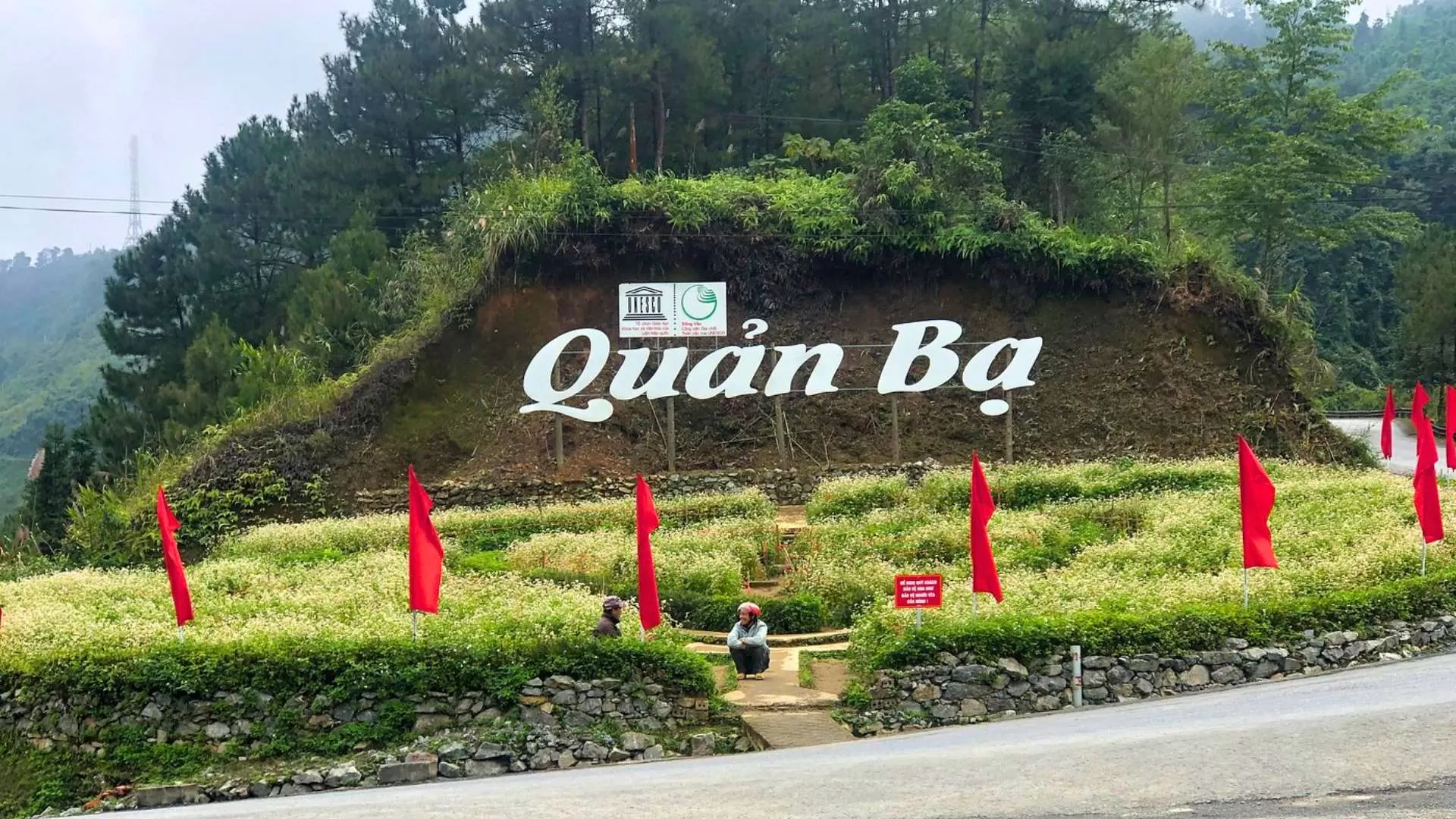
Stop at Quan Ba Heaven’s Gate and Fairy Mountains: Take in sweeping views and hear the legend of the twin hills.
Visit a Hmong weaving village: See how locals maintain traditional textile practices.
Explore the Hmong King’s Palace: Discover colonial-era history at this French-Chinese style mansion.
Climb Lung Cu Flag Tower: Reach the northernmost point of Vietnam.
Arrive in Dong Van: Walk around the old town before settling in for the night.
Day 3: Dong Van – Meo Vac – Ma Pi Leng – Ha Giang
Stroll through Dong Van market (if Sunday): See local ethnic groups trade handmade goods.
Drive the Ma Pi Leng Pass: Admire dramatic cliffs and the turquoise Nho Que River.
Hike the Sky Path: A short walk along the cliffside trail with panoramic views.
Visit Dao Thanh Phan and Bo Y villages: Learn about local life and customs.
Return to Ha Giang in the evening.
Visit Ha Giang in 4 days
Day 1: Hanoi – Ha Giang – Thon Tha village
Same as day 1 in 3-day itinerary
Day 2: Hoang Su Phi – Trekking and ethnic villages
Explore terraced rice fields, tea hills, and visit Red Dao villages
Day 3: Hoang Su Phi – Ha Giang
Morning walk to nearby villages and enjoy fresh mountain air
Then drive back to Ha Giang, overnight at homestay.
Day 4: Ha Giang – Dong Van
Same as day 2 in 3-day itinerary
Visit Ha Giang in 5 days
Day 1: Hanoi – Ha Giang – Thon Tha village
Same as day 1 in 3-day itinerary
Day 2: Hoang Su Phi – Trekking and ethnic villages
Same as day 2 in 4-day itinerary
Day 3: Hoang Su Phi – Ha Giang
Same as day 3 in 4-day itinerary
Day 4: Ha Giang – Quan Ba – Yen Minh – Dong Van
Same as day 2 in 3-day itinerary
Day 5: Dong Van – Meo Vac – Ma Pi Leng Pass – Ha Giang
Same as day 3 in 3-day itinerary
At Hanoi Voyages, we offer a range of exciting tour packages that let you experience the best of Ha Giang’s beauty. CHOOSE AN IDEA, and we will plan your trip together! | ||
|
Northern Vietnam Travel - Mountains and Traditions A journey blending majestic landscapes, rich ethnic cultures, authentic village life, and peaceful moments on the beach. |
|
|
Explore the serene beauty of Pu Luong, Ninh Binh, and Ha Long Bay on an adventure through stunning landscapes |
|
|
Unveil the beauty of Northern Vietnam From Hanoi to Nghia Lo, Mu Cang Chai, Sapa, Ha Giang, and Bai Tu Long Bay: a 16-day adventure |
|
Ha Giang travel guide: Best transportation for your trip
Transportation plays an important role in this Ha Giang travel guide because most attractions are spread across remote mountainous areas. Here’s how to get there and how to move around efficiently.
By bus from Hanoi: Buses depart daily from My Dinh Bus Station, and the journey takes approximately 6 - 7 hours, depending on road conditions. Tickets range from 250,000 - 350,000VND ($10 - $15).
By limousine minivan: Offers more comfort and daytime travel. Travel time is around 6–7 hours.
By motorbike: For experienced riders, a motorbike trip from Hanoi can be a thrilling experience. The journey takes about 8–10 hours and involves mountain roads.
By private car: For a more personalized experience, Hanoi Voyages offers private tours to Ha Giang, with an English-speaking guide and private driver.
Where to stay in Ha Giang: Best places for tourists
Finding the right place to stay can make your Ha Giang trip even more enjoyable. From luxury resorts to cozy retreats and modern hotels, the region offers a variety of options to suit different preferences and budgets. Here are some of the best places for tourists to consider during their visit.
P’apiu Resort
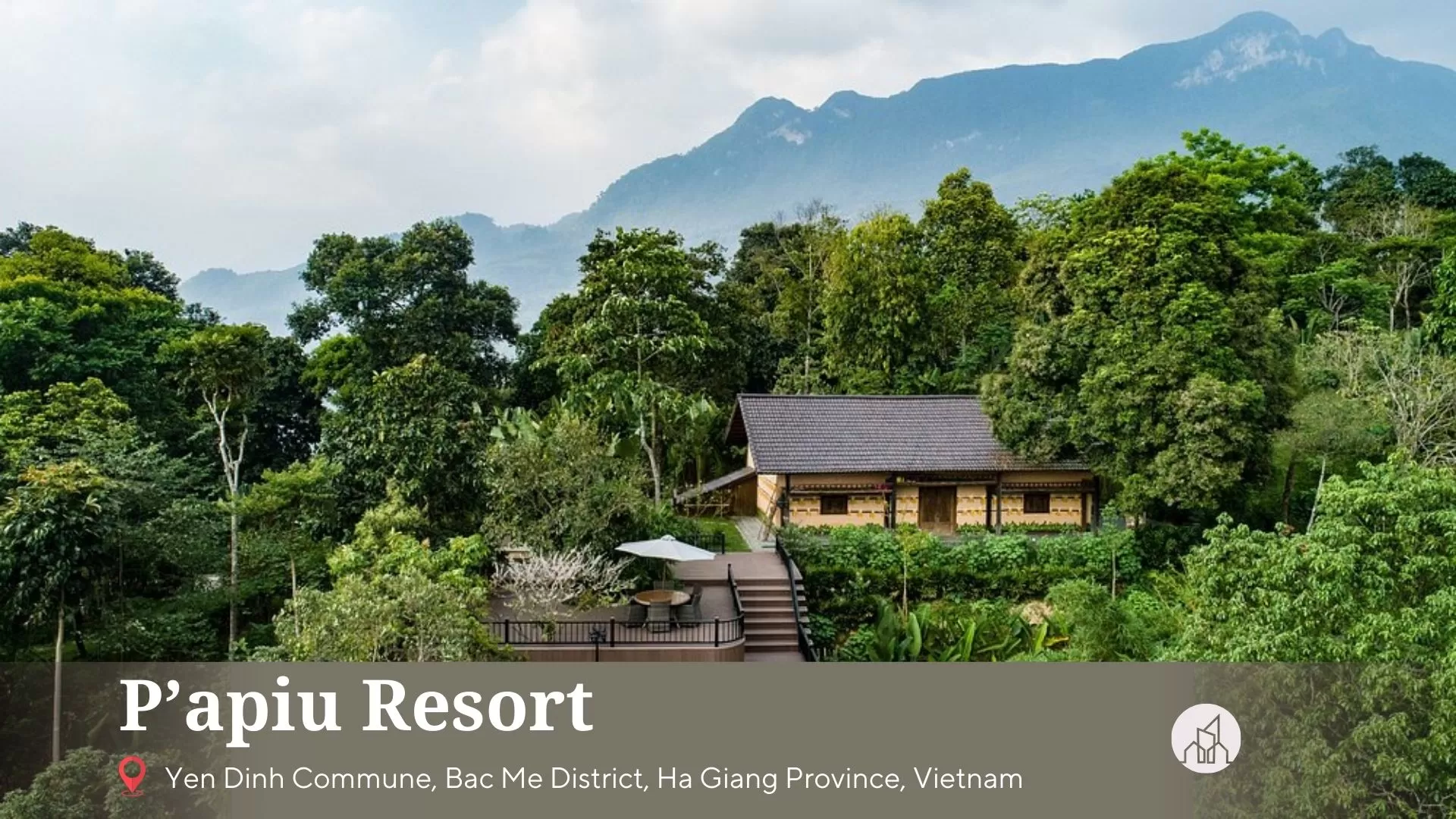
📍 Location: Yen Dinh Commune, Bac Me District, Ha Giang Province, Vietnam
💸 Prices: from $500 per night
For travelers seeking luxury, P’apiu Resort stands out as a top choice. Tucked away in peaceful mountains, it offers stunning views and a calm atmosphere. Guests can enjoy a sauna, hot tub, and a landscaped garden with terrace. Rooms are modern with private bathrooms and cozy amenities. The on-site restaurant serves a mix of American and Vietnamese dishes, including vegetarian options.
Panhou Retreat
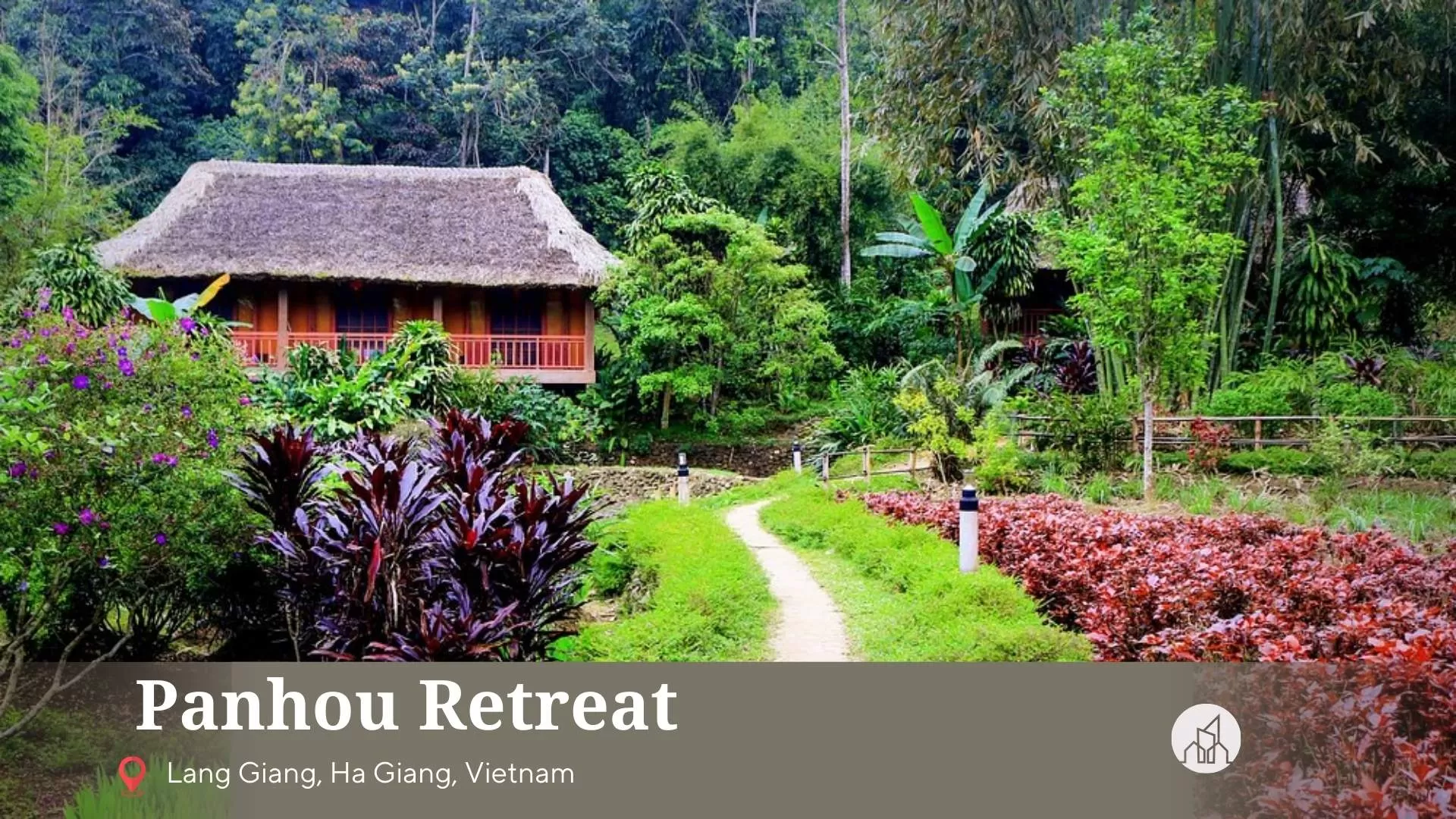
📍 Location: Lang Giang, Ha Giang, Vietnam
💸 Prices: from $100 per night
Panhou Retreat is a quiet spot surrounded by mountains, rivers, and gardens. Cozy bungalows with private balconies offer great views. The retreat organizes trekking tours to nearby ethnic villages and offers local guides, cooking classes, massages, and traditional baths. Its restaurant focuses on healthy local dishes with room service, blending comfort with cultural experiences.
Four Points by Sheraton Ha Giang

📍 Location: Tran Phu street, Tran Phu ward, Ha Giang
💸 Prices: from $65 per night
This is Ha Giang’s first international hotel, combining modern comfort with local charm. It features 151 rooms and suites over 19 floors, a spa, fitness center, and an all-year swimming pool. Guests can enjoy diverse dining options, local brews at the lounge, and cocktails at the bar. With event spaces including a grand ballroom, it’s a perfect base for exploring the region.
🏨 For more details: Top 7 hotels in Ha Giang for your Vietnam trip
What to eat in Ha Giang: Must-try local dishes

When visiting Ha Giang, don’t miss the chance to try its unique and flavorful local dishes. This section will introduce must-try foods that offer a distinctive culinary experience and unforgettable tastes for your journey.
Thang co: A traditional stew made from horse meat and organs, often enjoyed at markets or festivals.
Au tau porridge: Made with the detoxified root of the au tau tree, this porridge is slightly bitter and has a warming effect.
Five-color sticky rice: Naturally dyed with plant extracts, this colorful sticky rice is usually served during special celebrations.
Smoked buffalo meat: Dried over wood fires and preserved for months, this smoky meat is a popular snack or side dish.
Sour pho: A sour noodle soup unique to Ha Giang, made with fermented rice noodles, fresh herbs, peanuts, and a tangy broth, offering a refreshing taste different from the classic phở.
Buckwheat triangle cake: Triangular buckwheat cakes made from locally grown tam giác mạch flowers, this dish is a special seasonal treat reflecting the highland’s agricultural heritage.
Ha Giang travel tips: Essential items for your trip
Packing the right gear can make your Ha Giang trip more comfortable and hassle-free. Before you set off, keep these essential tips in mind:
Warm clothes: Temperatures can drop sharply at night, especially in higher areas. Bring layers like thermal shirts and a jacket.
Rain jacket: Mountain weather is unpredictable, even in the dry season. A lightweight raincoat will keep you dry.
Travel insurance: Recommended, especially if you plan to ride a motorbike or explore remote areas.
Cash: Many villages don’t accept cards, and ATMs are rare outside the city. Carry enough Vietnamese dong.
Power bank and flashlight: Power outages can happen. These will keep your devices charged and help you see at night.
Local SIM card: Viettel and Mobifone have the best coverage for reliable connection across Ha Giang.
This Ha Giang travel guide has covered everything you need to know—from how to get there and where to stay to what to eat and essential travel tips. Ha Giang’s beautiful landscapes, rich ethnic cultures, and unique experiences make it one of Vietnam’s most rewarding destinations. Whether you are seeking adventure or a peaceful escape, Ha Giang offers something memorable for every traveler.
Ready to explore Ha Giang? Book your trip today and embark on an unforgettable adventure!
Dream about your trip to Asia, in private
We are here to make it happen with youFREE QUOTE, WITHOUT OBLIGATION



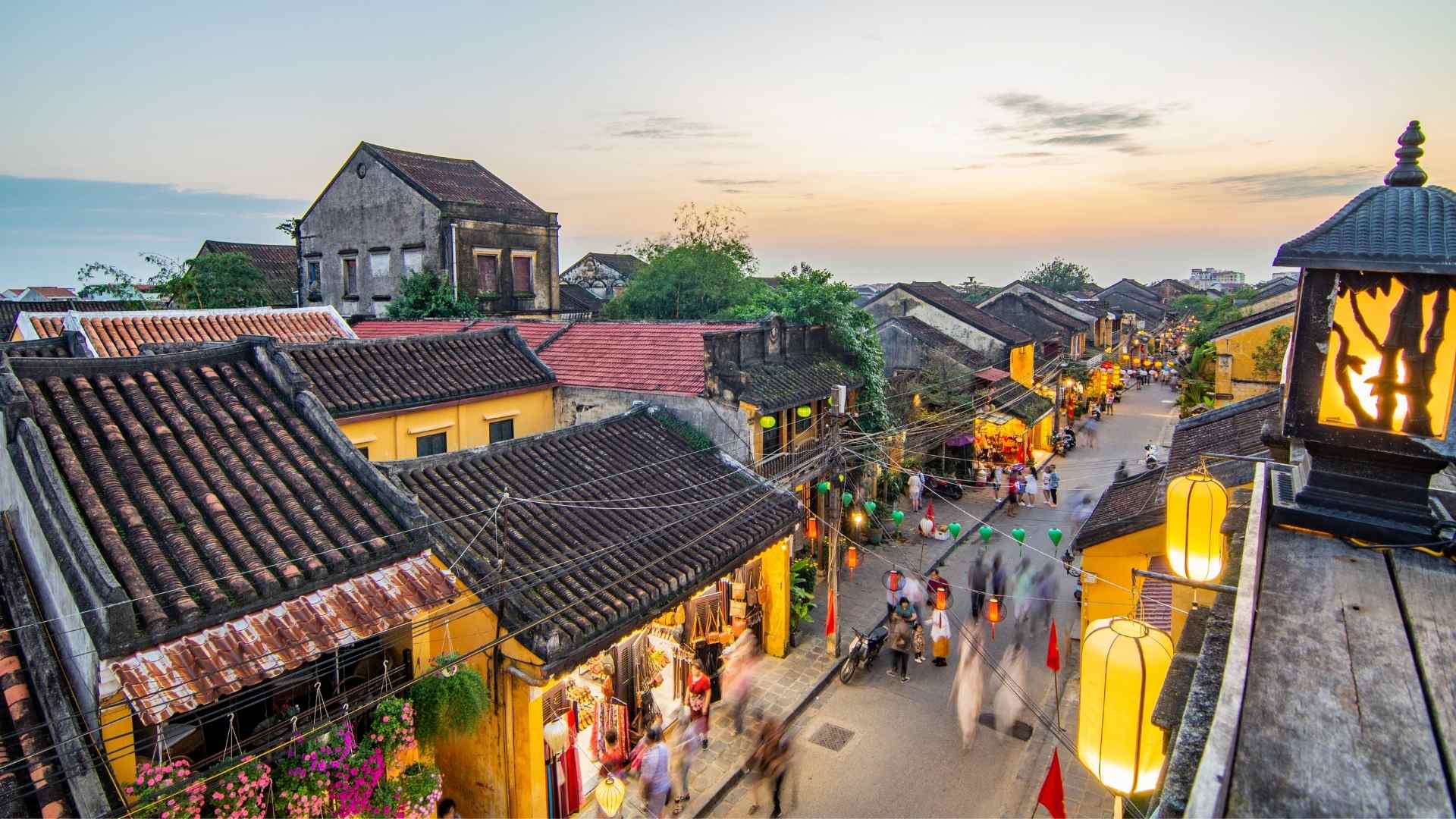
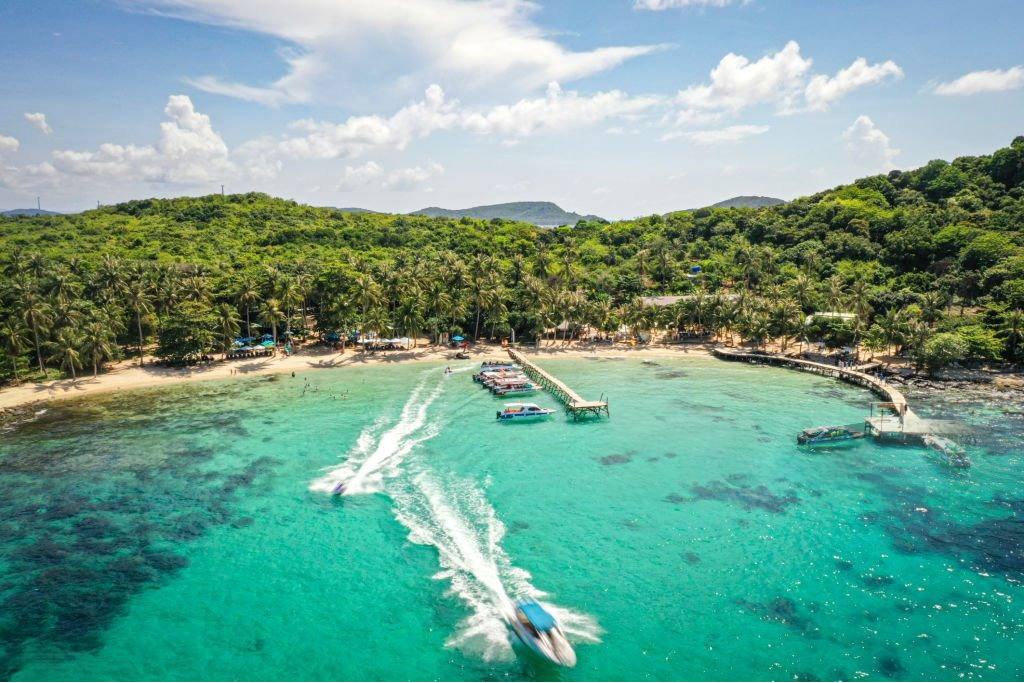
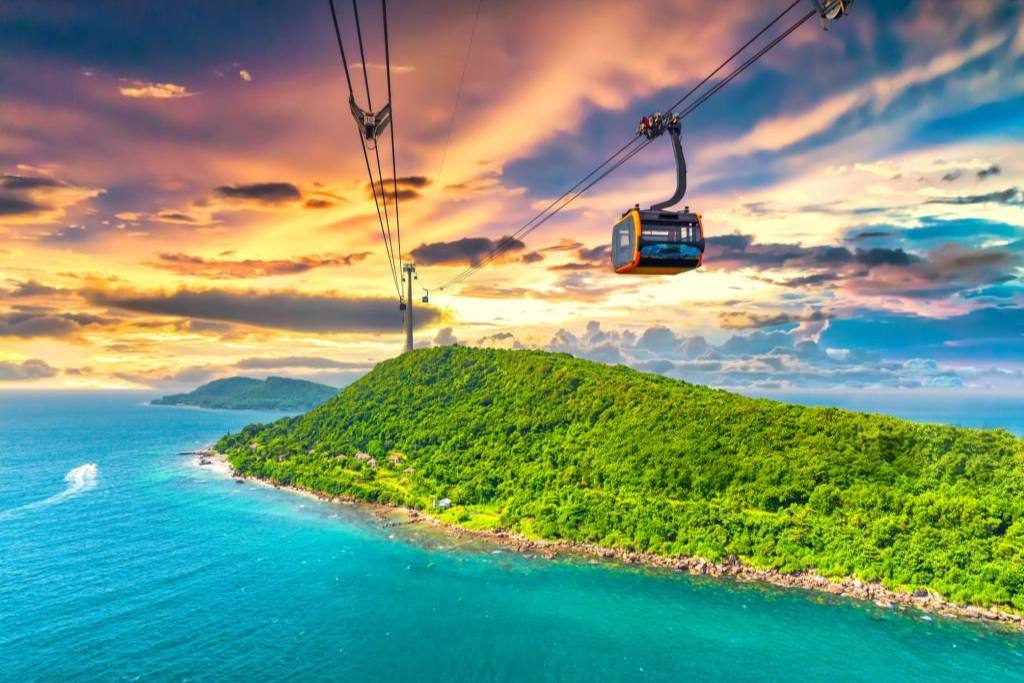

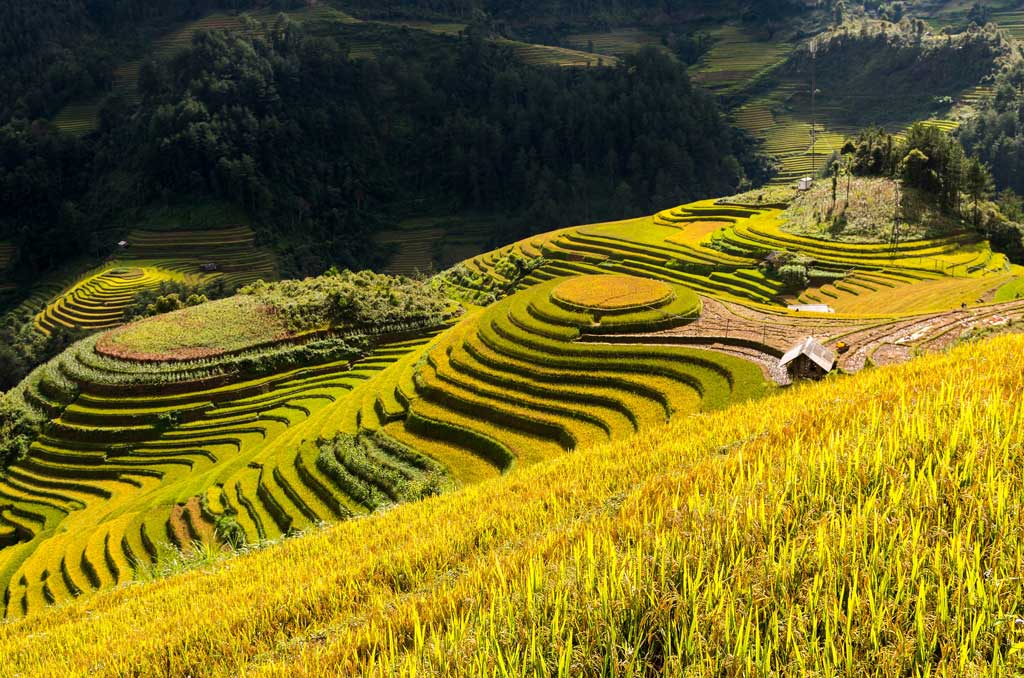





.webp)

